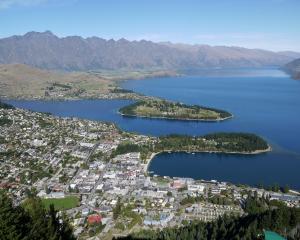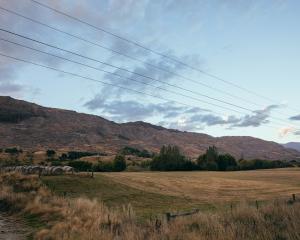Pests along the entire 30km of the West Matukituki River catchment, near Wanaka, are to be targeted in a concerted control programme.
The river is the entranceway to the Mt Aspiring National Park, and it is also a corridor up which predators, such as stoats and ferrets, travel.
In 2013, the Matukituki Charitable Trust began trapping pests, mainly in the headwaters.
Now, the Longview Environmental Trust has partnered with the Department of Conservation to deal with predators downstream, to the mouth at Lake Wanaka, and including Glendhu Bay.
Doc has announced a $50,000 grant over three years to the trust to co-ordinate pest management activities in the Matukituki.
Trustee John May said he was thrilled to receive the funding for a valley important for tourism and agriculture, and for native plant and animal species.
Mr May saw the funding as an opportunity to ''fast-track'' a plan that would have the support of all stakeholders including Doc, farmers, landowners and community groups.
The trust already operates in the Emerald Bluffs and West Wanaka areas, but has also contributed plants, pest-control support, education and research over a wider area.
The grant will allow the trust to buy 400 traps, and employ a project co-ordinator.
Mr May said the project relied on volunteers from the Diamond Lake Conservation Trust.
''By the end of the funding period, the trust hopes that the project has enough momentum and support to continue indefinitely.''
The Longview and Diamond Lake trusts will contribute $75,000 ''in kind'' over the three years of the project.
Doc national partnerships team manager Phil Tisch said to have a plan for all the West Matukituki catchment was ''quite a neat opportunity''.
''We will have integrated management from Glendhu Bay ... all the way back up to the headwaters.''
Mr Tisch said the valley had five significant regional wetlands, which were ''some quite important places to protect''.
While stray pests do infiltrate the valley across mountain tops, ''most animals will follow the path of least resistance, so straight up that river valley will be where the bulk of the traffic comes'', Mr Tisch said.
Stoats were the main pest, although further downstream there were also ferrets.
''So, while it might not be what you would call an eradication, [predators] will certainly be controlled to low densities,'' Mr Tisch said.
The plan does not include the East Matukituki Valley.












